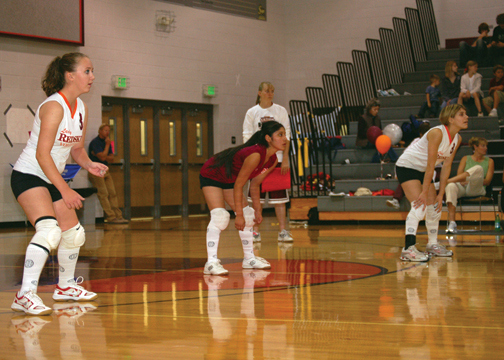Ask the Art Professor: What is the most important mindset a student needs to have in order to create a successful drawing?
Welcome to “Ask the Art Professor“! Essentially an advice column for visual artists, this is your chance to ask me your questions about being an artist, the creative process, career advice, a technical question about a material, etc. Anything from the smallest technical question to the large and philosophical is welcome. I’ll do my best to provide a thorough, comprehensive answer to your question. Submit your question by emailing me at clara(at)claralieu.com, or by posting here on this blog. All questions will be posted anonymously. Read an archive of past articles here.
Here’s today’s question:
“What is the most important mindset a student needs to have in order to create a successful drawing?”
Mindset is everything when it comes to drawing. People tend to think that drawing is only about what your hands and arms are physically engaged in. While the physical aspect of drawing certainly is important, how you approach your drawing mentally is much more critical. I’ve seen students in my freshman drawing classes at RISD make incredible leaps and improvements in their drawings in a matter of 15 minutes. This isn’t because their hands magically gained the ability to physically draw something over the course of those 15 minutes, rather it’s because they made some kind of shift or change in their mindset that allowed them to make a major stride in their work.
“Ready position” in volleyball
When I was in high school, I was a hardcore volleyball player. I did it all: the varsity team at school, Jr. Olympics, tournaments, even volleyball camp. I remember clearly something my coach described as being “ready position”. “Ready position” is the position you’re in when you’re waiting for the other team’s serve to come across the net. You simply have to be ready for anything to happen, really alert, focused, and yet flexible enough that your body could move in any direction at any given moment. Physically speaking, when you’re in “ready position”, you’re a little hunched over, your arms are out to the side, you’re on the balls of your feet, loose, and slightly moving. What happens in drawing is very similar to the ball coming across the net; you never know what’s going to happen, and yet you have to deal with it as it’s happening. Drawing is a series of reactions, to the marks that you’ve already made and the marks that you anticipate. The process is unpredictable and wild, which is exactly what makes drawing so amazing and infuriating at the same time.
It sounds very cheesy, but when I sit down to work on a drawing I have to pump myself up mentally to get going. Regardless of how I actually feel in real life, I tell myself in my head that I KICK ASS and that I am capable of anything I want. I have to build up a very strong foundation of confidence and belief in myself and that I’m doing. If I don’t, self-doubt will completely take over and prevent me from working altogether. Any shred of doubt always manifests itself into a huge distraction that makes it impossible for me to function. For me, the time for questioning is after I’m out of the trenches of working. When I’m drawing, I don’t judge myself or the work. I reserve that part of the process for after I’m done working for the day.
This is why the moment before my hand physically touches the blank paper is so scary. In those moments, I’m mentally preparing myself to get started. I’m always nervous just before I get started drawing. I think it’s very similar to jumping into a pool. Just yesterday I was at the pool, feeling a slight tinge of fear before I jumped in. Will the water be cold? Will I be freezing the whole time that I’m in the pool? Yes, all silly concerns, but that’s what goes through my head. Jumping into a pool is a major commitment, you either do it or you don’t. When I take the plunge, I’m drenched in water, and there’s no going back to being dry. The process of drawing is very similar, once your hand starts moving across the surface of the page, there is simply no going back to that blank page. You have to be ready to make bold commitments when you draw, being fussy and flaky about your marks only results in timid, boring results. Those commitments can only happen if you back them up with confidence and a strong mindset.
Related articles:
“What is a gesture drawing?”
“Is drawing considered an innate talent or a craft, which can be learned by anyone?”
“How can I learn to shade objects in my drawings?”
“How can I draw what I see in my head?”
“What is the best way to practice my drawing skills?”
“How can you learn to draw hair?”
“How do you get yourself to practice drawing?”
“What is the best way to simplify the human figure?”
“How can I learn to draw noses?”






